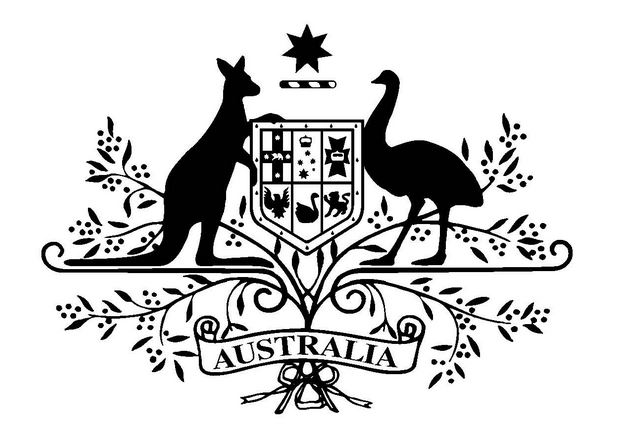
 The nbn is powering ahead with its release 16th of October of a comprehensive three-year construction plan to network over nine million premises across the nation.
The nbn is powering ahead with its release 16th of October of a comprehensive three-year construction plan to network over nine million premises across the nation.
The availability of a detailed rollout sequence means most Australians now know when the nbn will reach their neighbourhood.
For the first time, the rollout forecast includes metropolitan areas containing almost three million premises across six Australian cities, where existing hybrid fibre coaxial (HFC) cable networks will be upgraded and integrated into the nbn.
By using the existing copper and cable infrastructure running into homes, nbn can complete the network far sooner and at dramatically lower cost to taxpayers.
The release of the plan is an important milestone as nbn works to speed up rollout progress and make the build as cost-efficient as possible.
Industry and consumers now have access to reliable information about the progress of the network, which will enable them to plan and invest for the future.
The announcement brings the total number of homes and business with nbn access or construction underway by September 2018 to approximately:
- 2.8 million in New South Wales
- 2.5 million in Victoria
- 1.9 million in Queensland
- 970,000 in Western Australia
- 750,000 in South Australia
- 72,000 in NT, and
- 134,000 in the ACT.
Tasmania will become the first state to be fully networked with fast broadband access expected to be available everywhere before September 2018.
The new three-year plan outlines nbn’s plan for its multi-technology mix rollout, which anticipates by late 2018:
- over 5.6 million homes will have access or an nbn connection under construction through fibre to the node (FTTN), basement or premises
- close to three million homes and businesses will be covered by HFC, and
- over 540,000 homes and businesses will be covered by fixed wireless.
Rollout progress under Labor was slow and costly. The nbn only managed to pass 260,000 premises during the previous term of government.
Under the Coalition, nbn has shaved years off construction time while still delivering superfast broadband of at least 50 megabits per second to 90 per cent of the fixed line footprint.
For the majority of households this means the nbn will provide the same high speed and high quality service no matter what broadband technology is used.
Around the world, HFC networks are among the most commonly used means of delivering superfast broadband but astonishingly the previous Labor Government had agreed to pay billions of dollars to junk this infrastructure, which currently passes more than four million premises.
The announcement is the third major milestone for the company in recent weeks following the introduction of the first commercial FTTN services at Belmont in New South Wales, and the successful launch of the Sky Muster satellite, which will deliver high-speed broadband in rural and remote communities.
More than 1.3 million homes and businesses can now order a broadband service over the nbn, and there are almost 700,000 homes and business in areas under construction.
The full list of communities where work is scheduled to begin before September 2018 is available (Friday 16 October, from 9.00 am) at: www.nbn.com.au/3yearplan
To check the rollout progress in your area visit: www.nbnco.com.au/map




